To celebrate Native American Heritage Month, here are the traditions and beliefs that some Indigenous people hold dear.
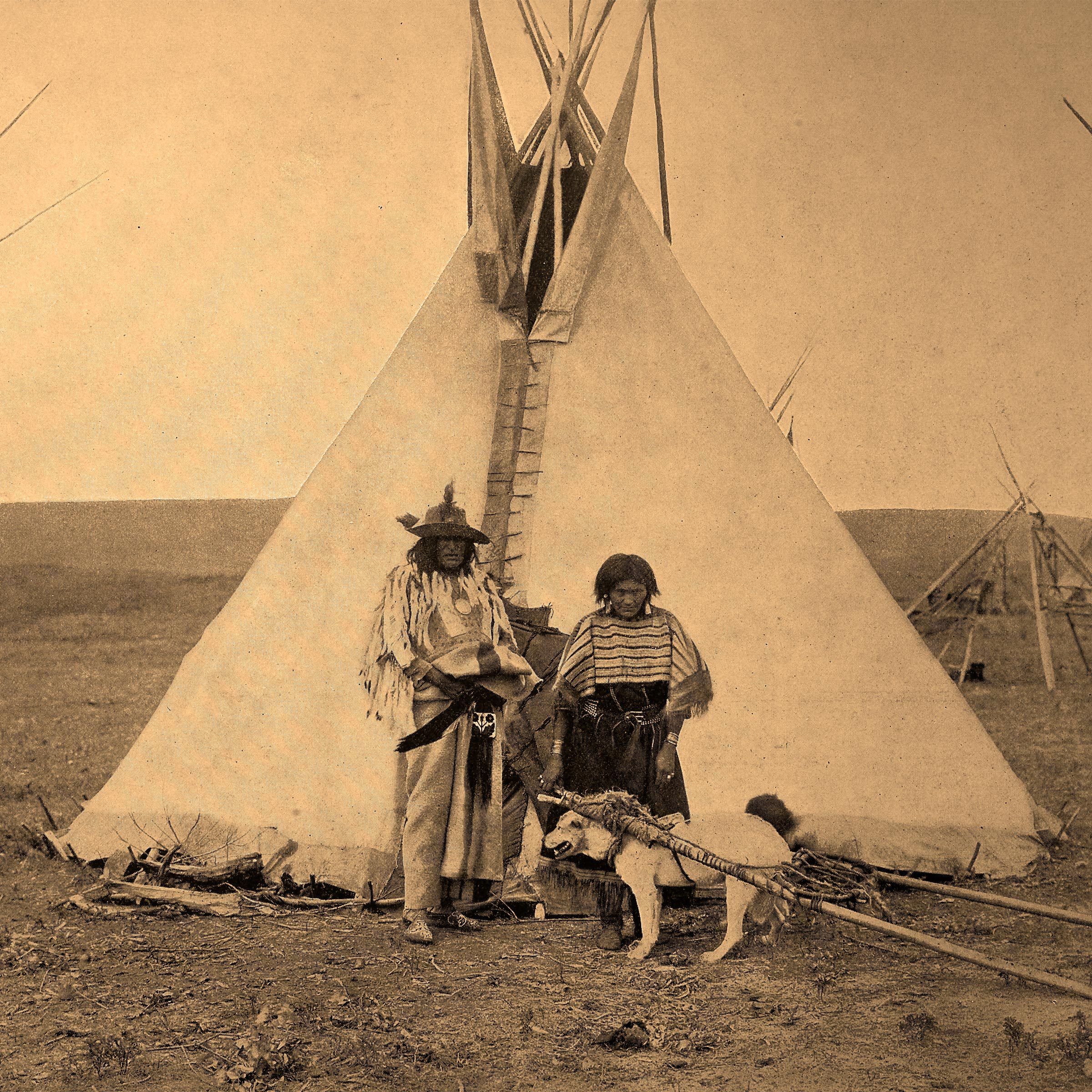
Native Americans Share the Meaning Behind Their Most Important Traditions and Beliefs

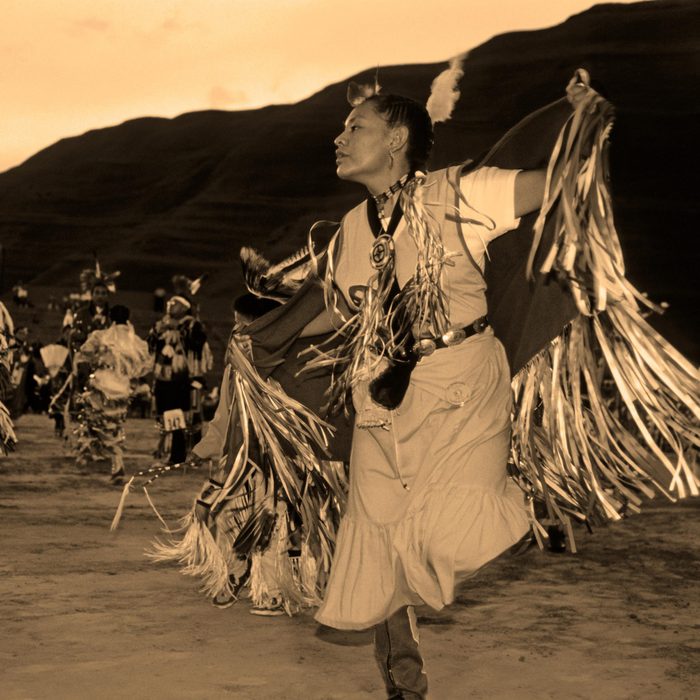
Pow wows
Pow wows began as a way for nations to come together to celebrate success in hunting or battle. Today, they are an opportunity to share tradition and reconnect to culture and family; dance plays a big role in pow wow ceremonies, as does drum music. The term “pow wow” comes from the Narrtick word for “medicine man,” pau wau. (Narrtick is the language spoken by the Algonquian people of Massachusetts.) In the 20th century, pow wows were advertised to be “authentic” displays of Native American traditions for non-Native spectators. After World War I and II, the pow wow became a way to honor American Indian veterans of war. Today, intertribal pow wows are an opportunity to reconnect with family, other tribes and the earth, and they are intended to reclaim the of pride and power, as well as a celebration of life. The Gathering of Nations in Albuquerque is the largest pow wow in North America, with over 700 tribes gathering to celebrate.
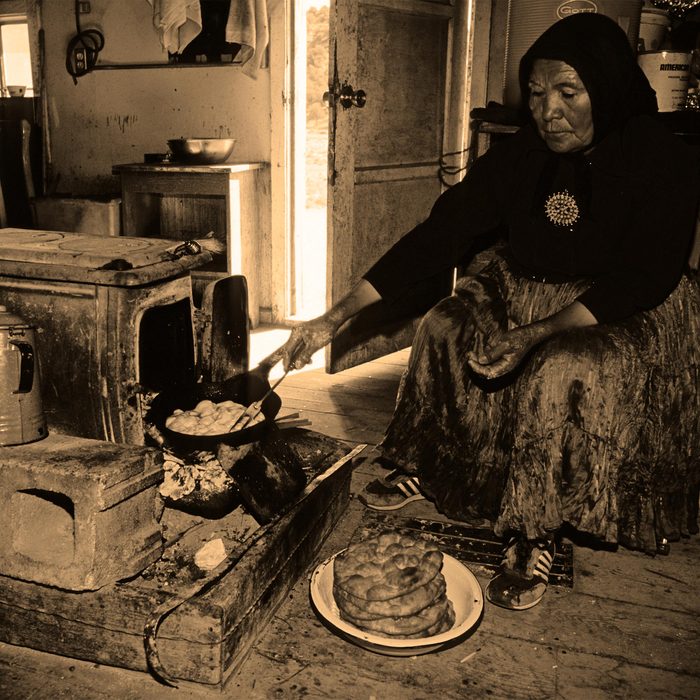
Frybread
With so many different tribes of Indigenous people in the United States, traditional foods vary from region to region. But certain favorites have emotional and historical significance; one such food is frybread, a more than 144-year-old traditional Navajo recipe that has a painful origin. When Navajos, or Diné, as they call themselves, were being forced off of their land by the U.S. Government, they were given meager supplies to prevent starvation while on their 300-mile relocation. Flour and lard were given as rations on the “Long Walk” from Arizona to New Mexico. Those ingredients led to fry bread, which is a large, fluffy, plate-size piece of fried dough. Although it’s a traditional food that is found at pow wows and around kitchen tables, it has been the focus of some controversy. Frybread is not nutritionally healthy and is rooted in oppression. So those in the indigenous community may have different feelings about whether or not it’s comfort food.
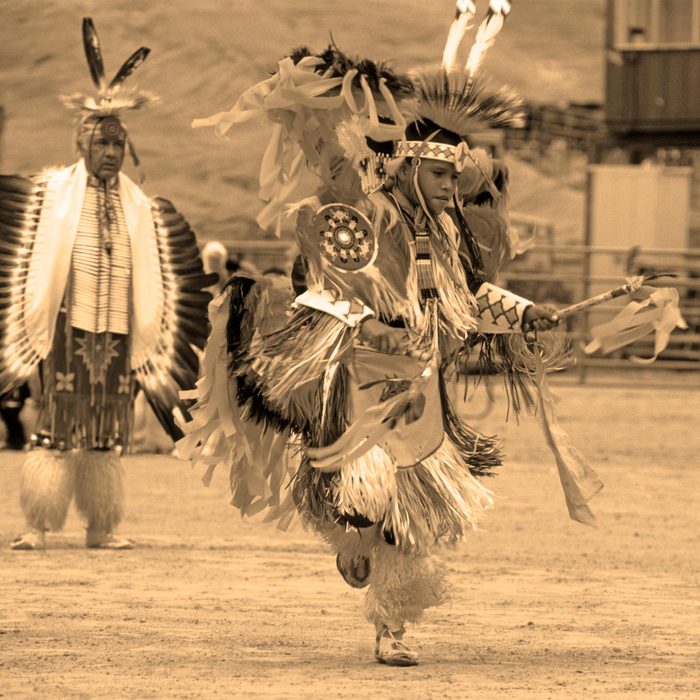
The stomp dance
The stomp dance is a beloved Native American tradition practiced primarily by Eastern Woodland and Southeastern tribes, including the Muscogee, Euchee, Cherokee, Chickasaw, Choctaw, Delaware, Miami, Ottawa, Peoria, Shawnee, Seminole and Natchez tribes. They take place during the height of crop season and are often practiced on stomp grounds around a fire if weather permits. It’s called “stomp” dance because the pattern of movement is a stomp and shuffle in a circle. Like many Native American traditions, there is quite a bit of symbolism with the stomp dance. The fire in the center represents the light of the sun, which is considered life-giving and sacred. Dancers arrange themselves in a circle and move counter-clockwise, alternating men and women like links in a chain, with children trailing the end. The dance is almost like a moving prayer, bringing together generations and uniting the community.
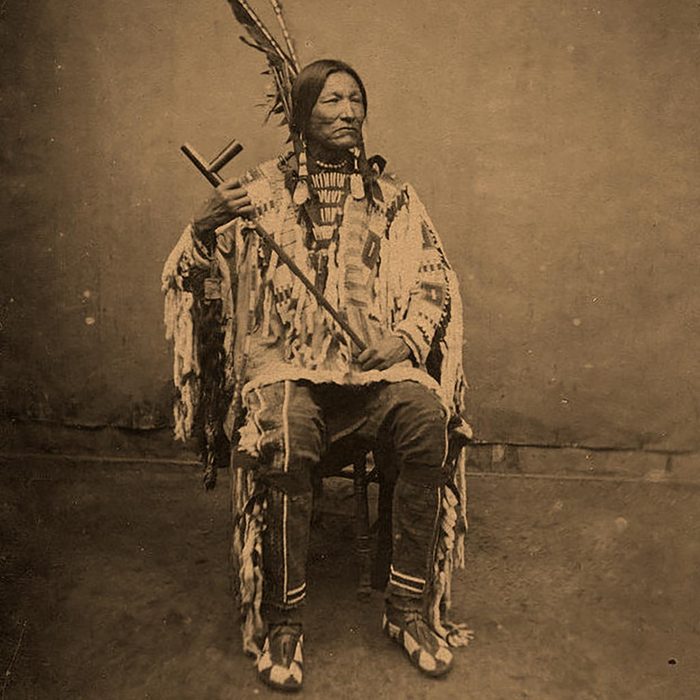
Governing principles
Each tribe had laws, leaders and policies before the colonizers forced them to integrate beginning in the 18th century. Few know that the United States Constitution is based on the Iroquois Constitution, also known as The Great Law of Peace, shares the Field Museum in Chicago. Our Founding Fathers, including Benjamin Franklin, were in contact with the leaders of the Iroquois Confederacy, and they were invited to speak to the Continental Congress in 1776. In 1988, the U.S. Senate recognized the Great Law of Peace as an inspiration for the United States constitution, stating, “The confederation of the original 13 colonies into one republic was influenced by the political system developed by the Iroquois Confederacy, as were many of the democratic principles which were incorporated into the constitution itself.”
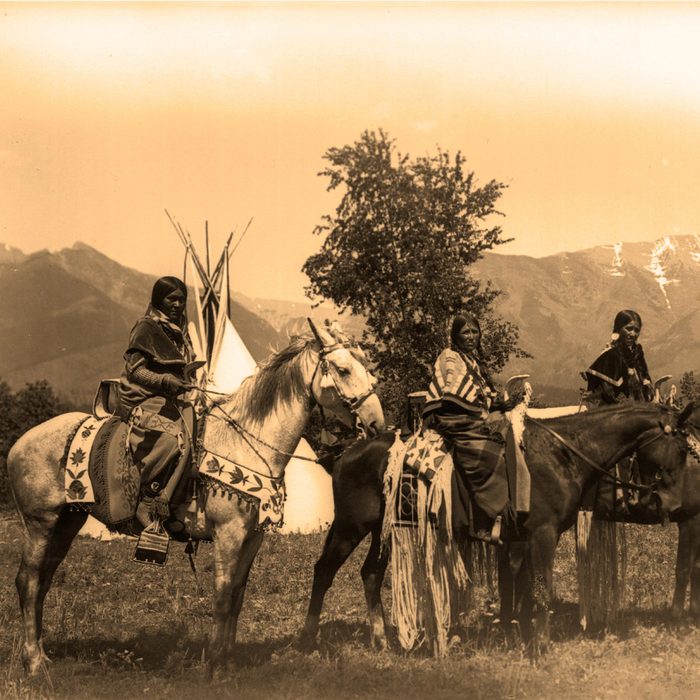
Gender roles and leadership
Although each tribe has their own views on leadership, patriarchy is not always the prevailing hierarchical model. In fact, many tribes are matriarchal, placing important significance on the roles of women in leadership, counsel and battle. Mother Earth is regarded as sacred. Parton says it’s important to her that people realize that women in many tribes are not subservient to men. “Women hold leadership positions and share equal amounts of responsibility within the tribe,” says Parton. She mentions this is one reason it’s so disturbing that there is ongoing violence against Indigenous women. She points to the importance of the Coalition to Stop Violence against Native Women. The Department of Justice states that Native American women experience murder rates at 10 times the national average.
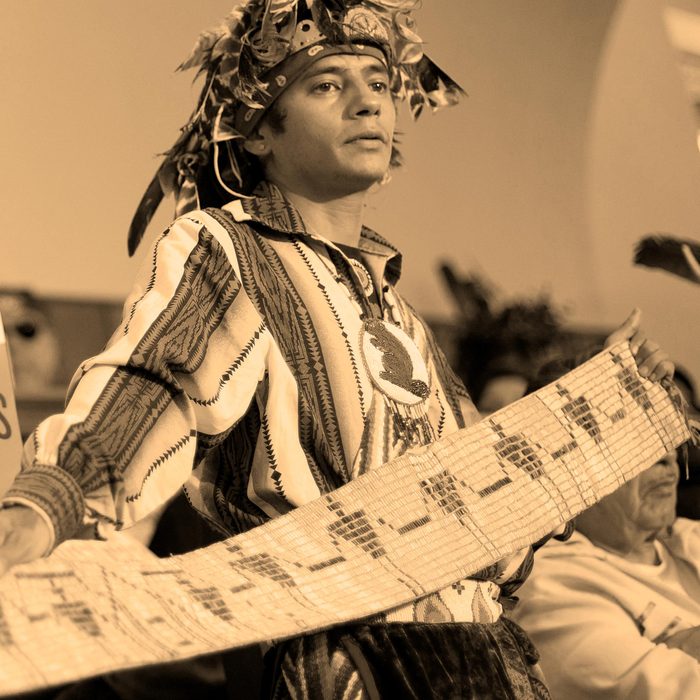
Wampums
Wampum is a beaded belt that serves as both a work of art and a recording of history. The belt is not to be worn, it is instead a symbol of events, treaties and union between two nations. Wampums were originally constructed of purple and white clamshells but were later fashioned from beads after the European settlers brought them to the colonies. Intricate beadwork is now a cultural artform crafted by Native American tribes throughout North America, but the wampum holds special significance for what it represents.
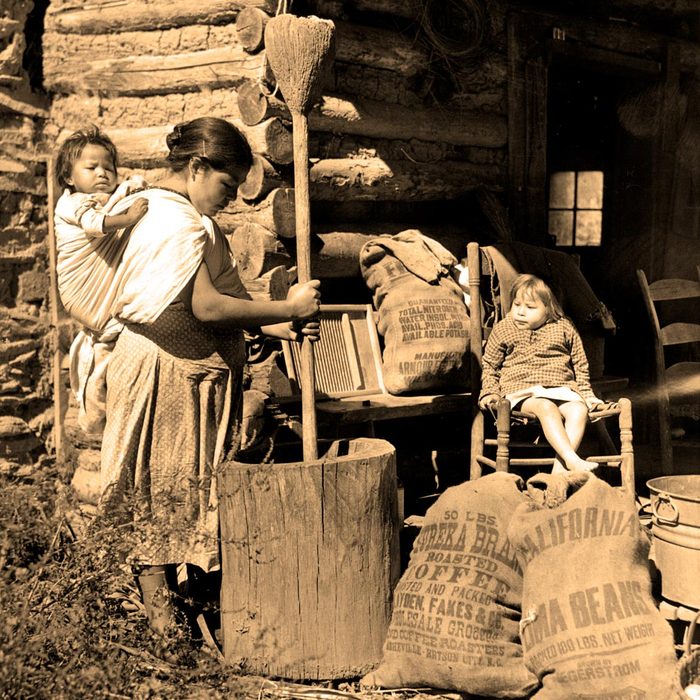
Grape dumplings
A traditional dessert prepared by citizens of several nations is grape dumplings, a deep purple, juicy pastry dish. Wheat flour creates the dough that makes the dumplings, which are rolled out to be thin. They are then doused in hot concord grape juice and sugar for 10 to 12 minutes and served hot often with a side of ice cream. These dark purple dumplings have a sweet taste that is reminiscent of home for many Native Americans. They sound like a delicious dessert after a big turkey meal with all the trimmings.
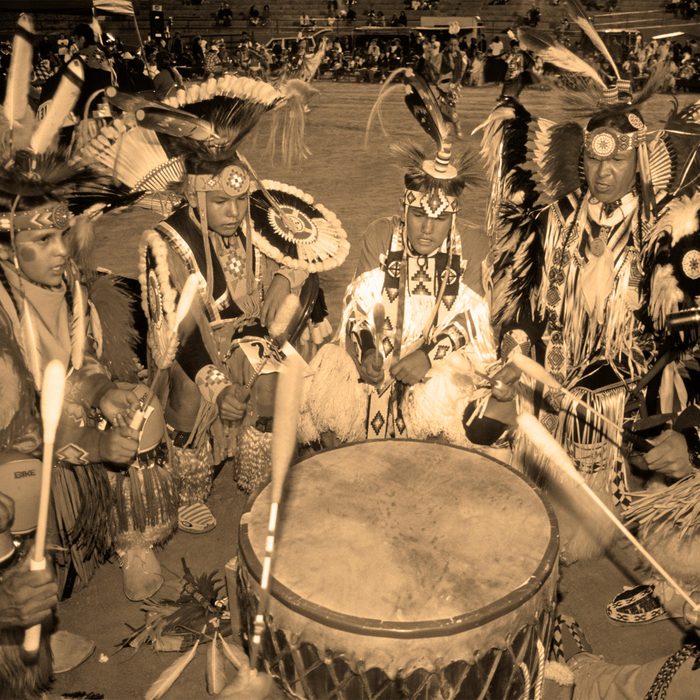
Drum circles
Drum circles are common in ceremonies for many nations and people. The rhythmic beat of the drum represents the heartbeat of Mother Earth. Native Americans believe that the beating of the drum is a uniting force, bringing together people of different tribes, as well as uniting a person’s spirit to their body and mind. The drum is treated with high respect and is considered sacred. “If you take care of the drum, it will take care of you. It’s like going to church. You sit down and pray to God, the creator,” says Rusty Cozad, a citizen of the Kiowa tribe, in a Youtube video about the history of Native American drumming. Traditionally, men do the drumming, but women often participate in the singing within the circle.
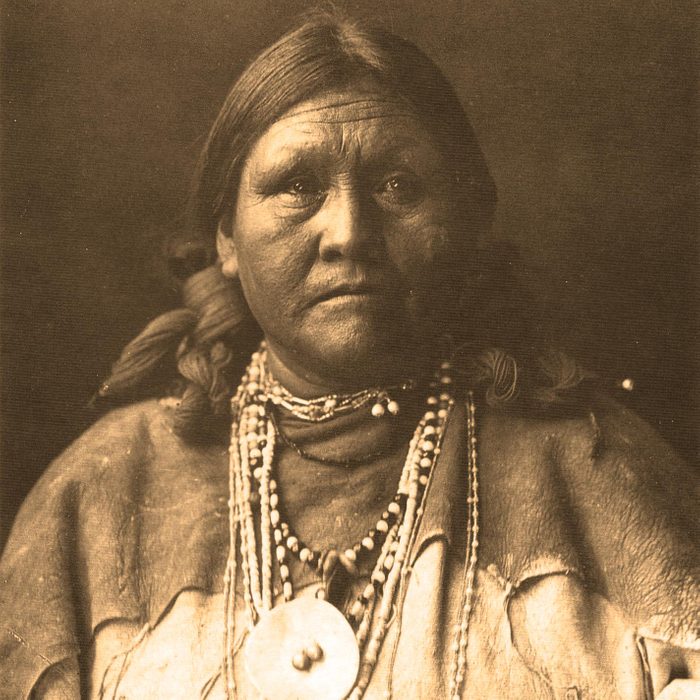
The rise of Indigenous People’s Day
Although Native American Heritage Day is a standing civil holiday that has been recognized since 2009, the rise of Indigenous People’s Day as a federal holiday also has great significance to some in the Native American community. It’s celebrated in place of or alongside Columbus Day, which has become controversial as more people recognize that Columbus was not the hero he was lauded to be.
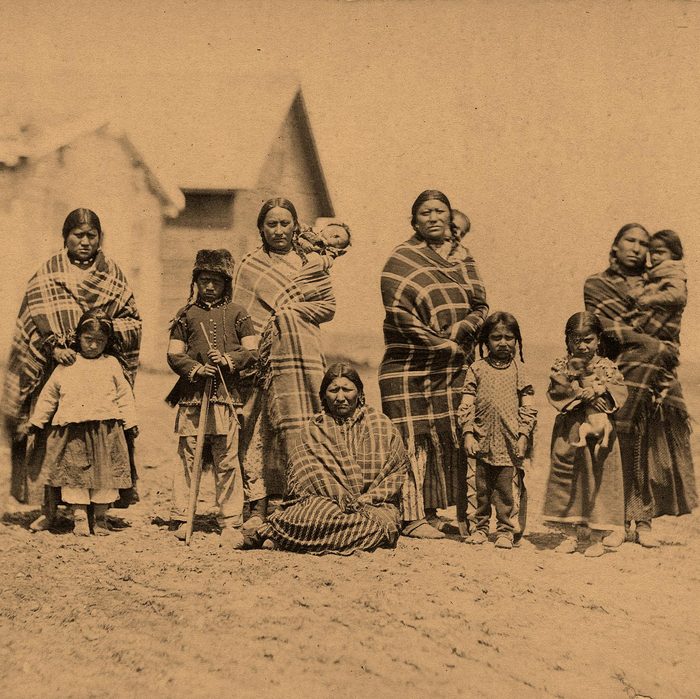
Kinship
Although different tribes and nations hold different beliefs and principles, the practice of kinship remains an important Native American tradition. Kinship ties are the system that determines what gets passed down from generation to generation. This includes things of a practical nature, like land ownership and succession in leadership roles, but also includes the passing on of wisdom and teachings. Parton says that aunts and uncles have a special responsibility to their nieces and nephews. For example, her aunt instilled in her the traditions of the Caddo Nation and their meaning. “It’s kinship that has sustained our community,” she says. “This is a beautiful part of our culture because it means that everyone has support.” Clark agrees. He emphasizes the idea that relationships and kinship are necessary for overall health. “Relationships provide the structure within our lives. It’s important to have relationships with our family, with our people, with the animals, with the earth and with ourselves.” Clark says that holding elders in high regard is also a beloved and important tradition of many Indigenous people. “It’s important to know your place in your family and on the earth.”
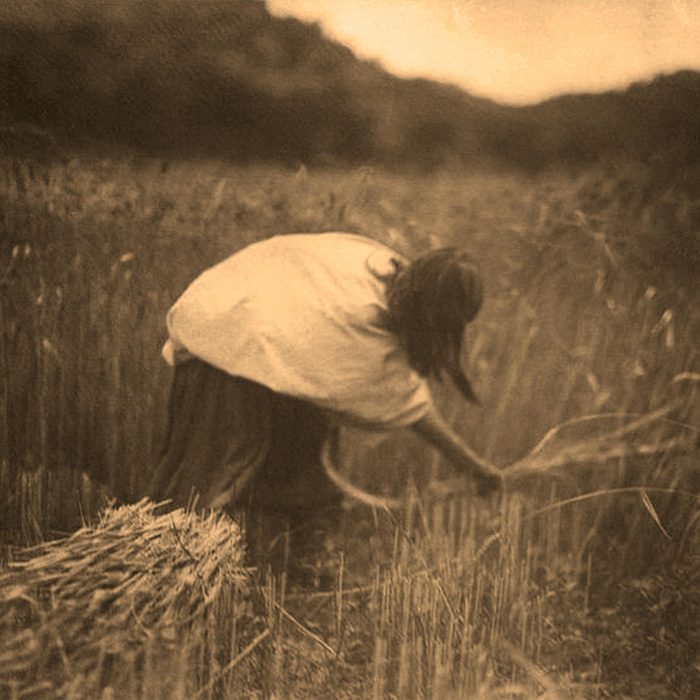
Agriculture and connection to the earth
Many Native tribes emphasize the importance of closeness with nature and a reverence for the earth and all its creatures. The Zuni people of the Southwestern United States hold a long lineage of successfully farming and raising livestock introduced by the Spanish. Quam shares that agriculture has sustained the culture of his ancestors for years. “This is a part of our history; this is a part of who we are. Seeds are an important part of life, of culture, of everything.” Quam says that the purity of seeds, soil and the conditions with which crops are grown are important factors to food production that many overlook today. The Zuni people consciously plant heirloom seeds to grow crops. With 92 percent of corn now being genetically engineered, Quam says it’s important to teach future generations about the benefits of growing and planting food at home. “We hold corn and seeds in high regard,” he says. He’s teaching his daughters to plant and to appreciate the food that the earth offers. “It’s important to know how fresh food tastes and I want my daughters to have that experience.”
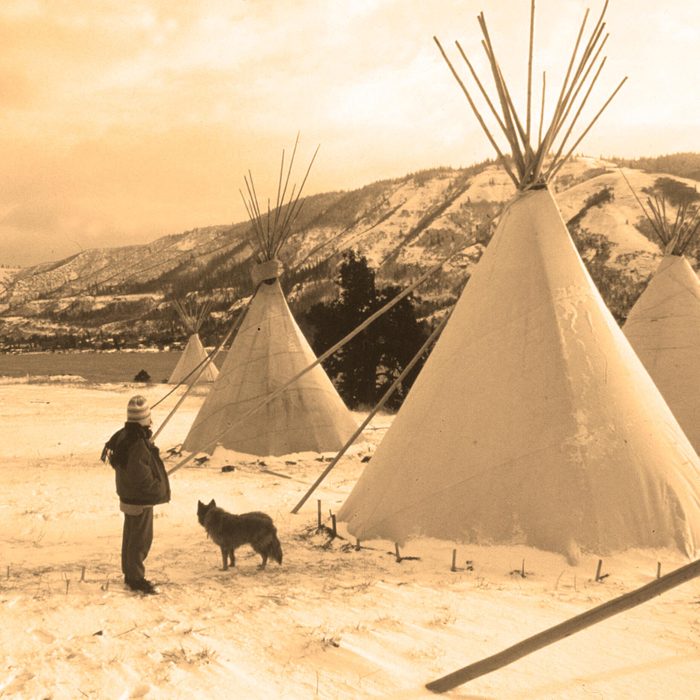
Preparing for winter
The Navajo people, or Diné, value the survival skills that come from living off of the land, especially in the cold winter months. For Diné, the New Year begins in October or Gháájí’. During the fall of the first snow, young people are taught to roll around in the snow, a ritual that prepares them for the cold winter months ahead. “Rolling in the snow prepares our bodies, minds, and spirit for what we must endure during the winter,” says Clark. As a college graduate of Harvard, he admits that his classmates had questions about the ritual when he first did it in Cambridge, but Clark didn’t mind. “That connection to the earth, family and community is a privilege.”
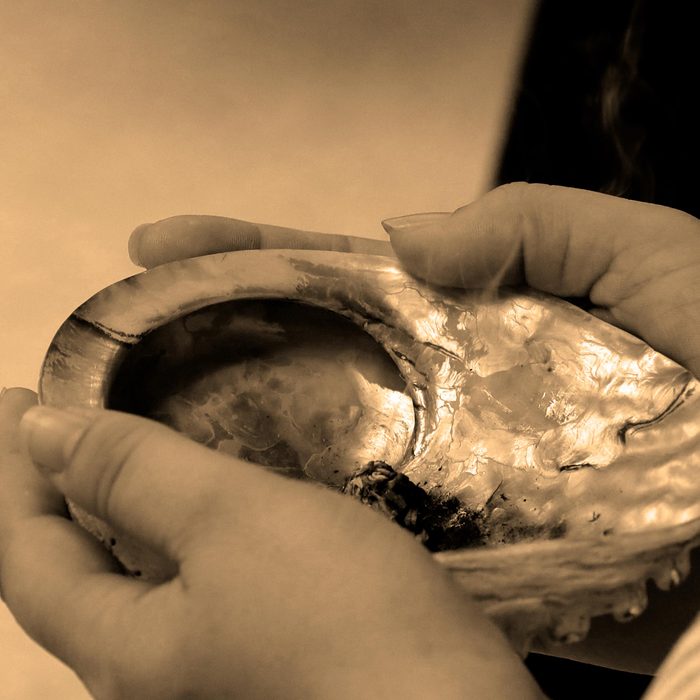
Smudging
One Native American tradition that remains dear to Indigenous people of many nations is the ritual of “smudging.” Herbs like sage are burnt and placed in a smudge bowl. This is a way to offer a blessing and to spiritually purify an area or gathering. Frost says that smudging is an important way to begin a healing gathering. She says she often does circle work with her clients to help them “come home to themselves.” “When we sit in the circle no one is better or worse than anyone else,” she says. “We belong to the earth, we belong to the animals and nature.” This and other Native American rituals have also helped her reclaim the aspects of her culture that previous generations of her family were discouraged from embracing because of racism and the need to assimilate. “I’m guided by my ancestors. I remember who I am and I walk without shame.”
About the experts
|
Why trust us
At Reader’s Digest, we’re committed to producing high-quality content by writers with expertise and experience in their field in consultation with relevant, qualified experts. We rely on reputable primary sources, including government and professional organizations and academic institutions as well as our writers’ personal experiences where appropriate. For this piece on Native American traditions, we spoke with Diana Parton, a citizen of the Caddo Nation; Damon Clark, a member of the Navajo tribe; Curtis Quam, a member of the Zuni tribe; and Asha Frost, an Anishinaabe medicine woman. We verify all facts and data, back them with credible sourcing and revisit them over time to ensure they remain accurate and up to date. Read more about our team, our contributors and our editorial policies.
Sources:
- Diana Parton, citizen of the Caddo Nation
- Damon Clark, member of the Navajo tribe
- Curtis Quam, member of the Zuni tribe and cultural educator at the A:shiwi A:wan Museum and Heritage Center in Zuni New Mexico
- Asha Frost, Anishinaabe medicine woman
- Amazon: “National Geographic Kids Encyclopedia of American Indian History and Culture: Stories, Timelines, Maps, and More”
- Indians.org: “Native American Pow Wow”
- Smithsonian Magazine: “Frybread Recipe”
- NBC News: “Icon or hazard? The great debate over fry bread”
- Koasati Heritage: “What is a Stomp Dance”
- Field Museum: “Democracy and the Iroquois Constitution”
- PBS: “How the Iroquois Great Law of Peace Shaped U.S. Democracy”
- Youtube: “The Native American Drum: Into the Circle”
- Onondago Nation: “Wampum”
- Digital History: “Kinship and Religion”
- Center for Food Safety: “About Genetically Engineered Foods”




















